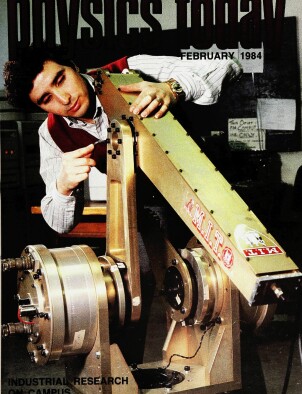A history of the synchrotron
DOI: 10.1063/1.2916080
Speaking not as a historian but from a personal point of view, I would like to tell the story of the origin of the synchrotron as I saw it. The beginning, for me, was in the spring of 1945, when I was on the staff at Los Alamos, the wartime atomic‐bomb laboratory. The Trinity test was in preparation, and I was already thinking about what to do on my return to Berkeley—from which I was on leave—after the war ended. I had spent a great deal of time and effort before the war on the design and operation of cyclotrons, I had a reasonably good understanding of the limits on the particle energies attainable by cyclotrons, and it seemed like a worthy goal to find ways to exceed these limits. The cyclotron, as you know, is a resonance accelerator; it pushes particles to high energies by the repeated application of a moderate voltage, which must be applied at the proper instant each time the particle comes around in its circular orbit.
This article is only available in PDF format
More about the Authors
Edwin M. McMillan. University of California, Berkeley.




